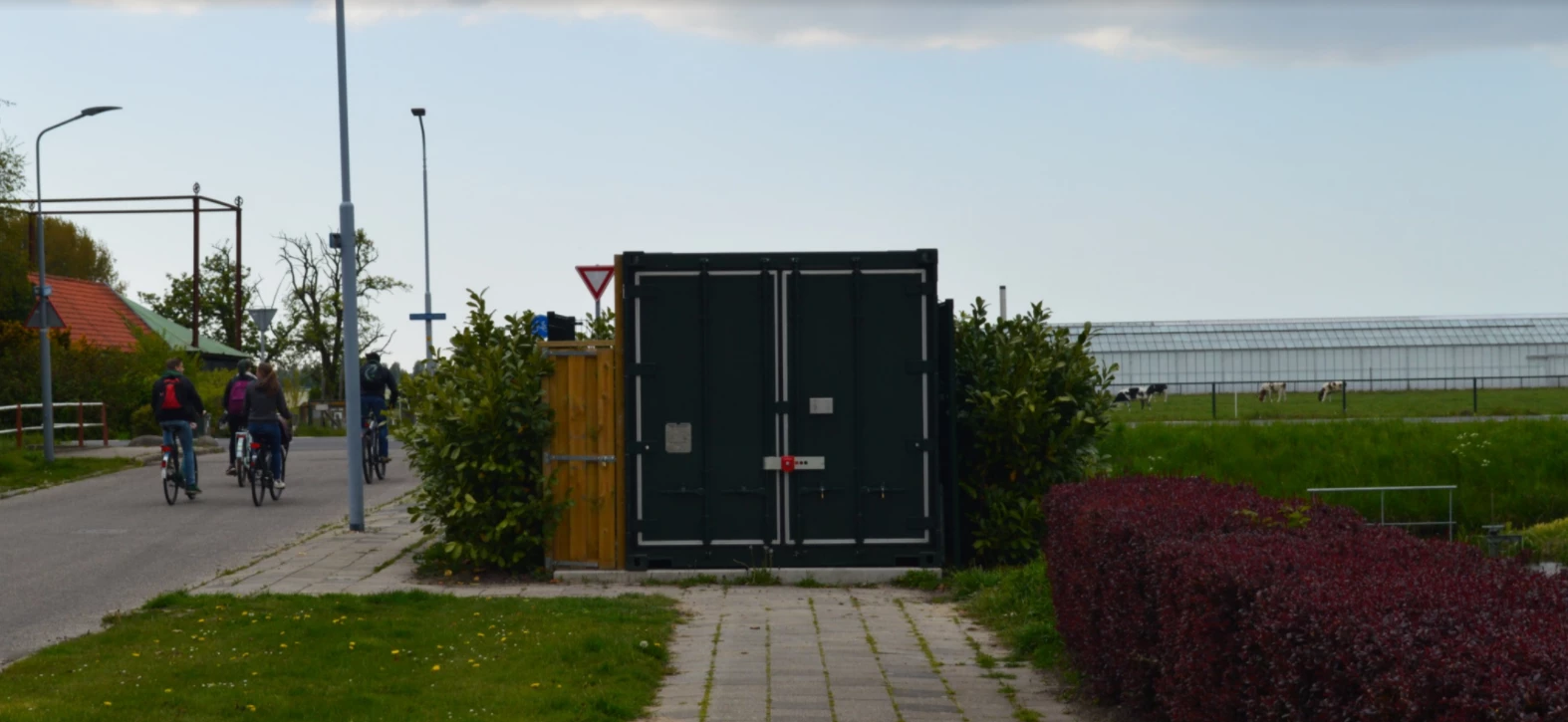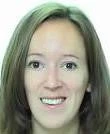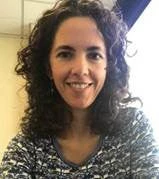The buzz around satellite imagery over the past few years has grown increasingly loud. Google Earth, drones, and microsatellites have grabbed headlines and slashed price tags. Urban planners are increasingly turning to remotely sensed data to better understand their city.
But just because we now have access to a wealth of high resolution images of a city does not mean we suddenly have insight into how that city functions.
The question remains: How can we efficiently transform big data into valuable products that help urban planners?
In an effort a few years ago to map slums, the World Bank adopted an algorithm to create land cover classification layers in large African cities using very high resolution imagery (50cm). Building on the results and lessons learned, the team saw an opportunity in applying these methods to secondary cities in Latin America & the Caribbean (LAC), where data availability challenges were deep and urbanization pressures large. Several Latin American countries including Argentina, Bolivia, Costa Rica, El Salvador, Guatemala, Honduras, Nicaragua, and Panama were faced with questions about the internal structure of secondary cities and had no data on hand to answer such questions.
A limited budget and a tight timeline pushed the team to assess the possibility of using lower resolution images compared to those that had been used for large African cities. Hence, the team embarked in the project to better understand the spatial layout of secondary cities by purchasing 1.5 meter SPOT6/7 imagery and using a semi-automated classification approach to determine what types of land cover could be successfully detected.
Originally developed by Graesser et al 2012 this approach trains (open source) algorithm to leverage both the spectral and texture elements of an image to identify such things as industrial parks, tightly packed small rooftops, vegetation, bare soil etc.
What do the maps look like? The figure below shows the results of a classification in Chinandega, Nicaragua. On the left hand side is the raw imagery and the resulting land cover map (i.e. classified layer) on the right. The land highlighted by purple shows the commercial and industrial buildings, while neighborhoods composed of smaller, possibly lower quality houses are shown in red, and neighborhoods with slightly larger more organized houses have been colored yellow. Lastly, vegetation is shown as green; bare soil, beige; and roads, gray.
Want to explore our maps? Download our data here. Click here for an interactive land cover map of La Ceiba.
How are these data being used to inform policy on the ground?
Regional level
Several governmental agencies at the national and local levels are using the imagery and results produced from this analysis for various purposes. The Guatemalan Vice Ministry of Housing and Urban Development is using the data to strengthen the National Housing Information System, while their Salvadorian counterparts at the Technical Secretariat of the Presidency (SETAPLAN) and the Ministry of Interior and Territorial Development (Ministerio de Gobernación y Desarrollo Territorial, MIGOBDT) in El Salvador are working towards a similar effort. Also in Guatemala, the National Statistical Agency (Instituto Nacional de Estadística) is looking at updating their cartography for the upcoming National Housing and Population Census.
Local level
At the local level, the City of Chimaltenango, Guatemala requested access to the data to help inform and update their local registry of human settlements, with the objective to allocate city resources more effectively. In El Salvador, the City of Santa Ana, emphasized the value of using these data to periodically update their city registry for improved revenue collection and urban management. In San Pedro Sula, Honduras’ driving industrial city, the government shared their enthusiasm to use this data and technology to plan investments and take better-informed decisions that will have an impact for the next 30 years, as part of the city's development plan.
A similar exercise was conducted in the city of Trinidad, Bolivia and five major cities in Argentina. In the case of Argentina, the World Bank trained Geographic Information Systems (GIS) experts at the Secretary of Housing and Habitat to create their own maps using their own imagery. After just a 3-day workshop, the participants were able to generate a land cover layer that identified neighborhoods with lower quality housing. These layers are now available on Argentina’s National Open Data Habitat Platform.
Lessons learned? In our next post, we discuss some caveats and lessons learned for practitioners and researchers on how to consider using these data, and what you would need to try this in your city.
Related links:
- Subscribe to our Sustainable Communities newsletter and Flipboard magazine
- Follow @WBG_Cities on Twitter






Join the Conversation